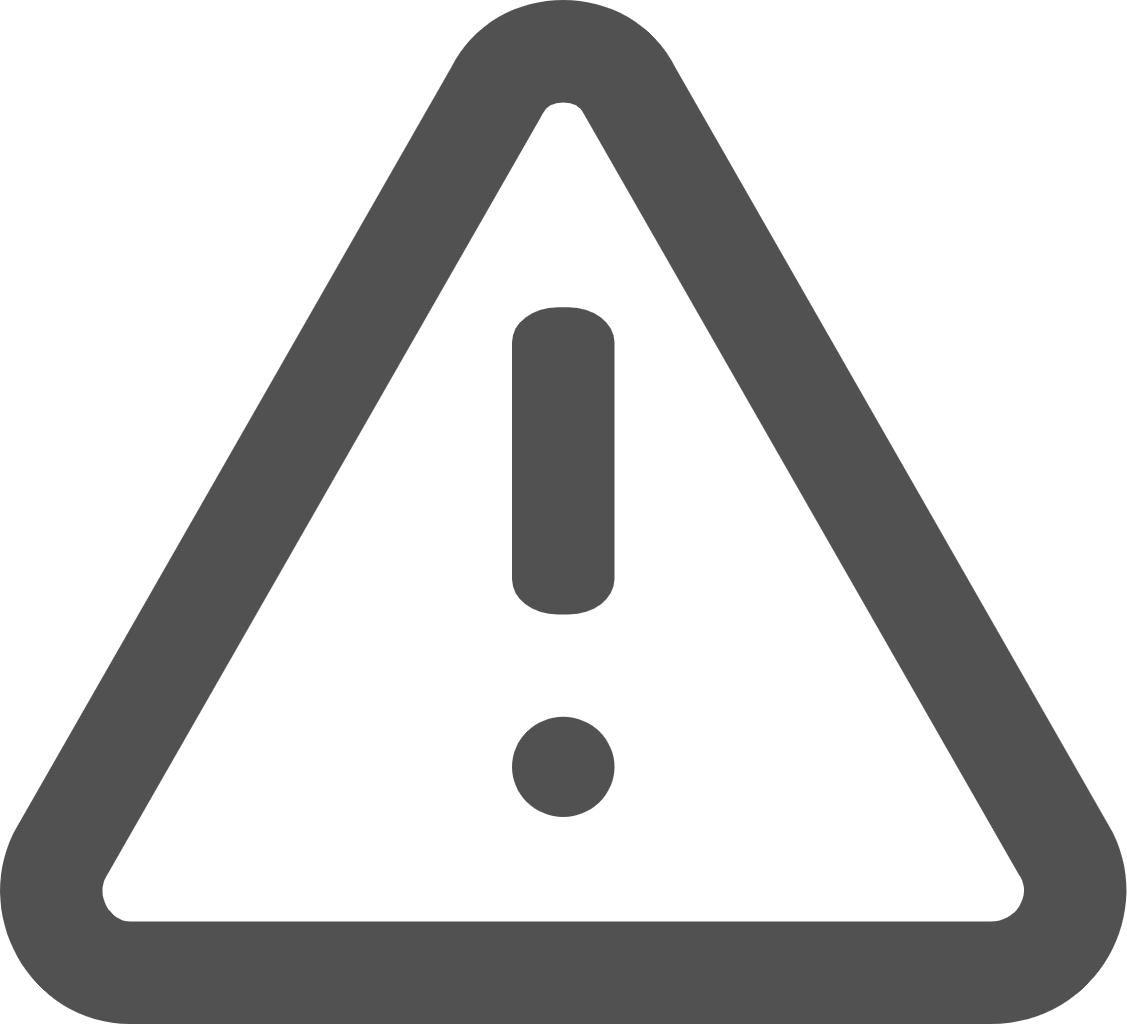Data acquisition modules&Distributed IO modules(英文)
聲明:您必須遵守我們的協(xié)議,如果您下載了該資源行為將被視為對《電天下賬號管理規(guī)范》全部內(nèi)容的認可,本網(wǎng)站資源來自原創(chuàng),僅供用于學習和交流,請勿用于商業(yè)用途。如有侵權、不妥之處,請舉報本資源,我們將及時審核處理!
Data acquisition modules&Distributed IO modules(英文)
Data acquisition modules&Distributed IO modules(英文)
當然可以。Data Acquisition (DAQ) Modules and Distributed Input/Output (DIO) Modules are essential components in the field of electrical and industrial automation.
Data Acquisition Modules, also known as DAQ devices or data loggers, are electronic equipment used to collect various types of physical signals such as temperature, pressure, voltage, current, and other parameters from sensors or instruments within a process or manufacturing environment. These modules typically feature analog-to-digital converters (ADCs), digital I/O interfaces, and built-in processing capabilities to convert raw sensor data into standardized digital formats that can be easily transmitted, stored, and analyzed by a computer or SCADA (Supervisory Control and Data Acquisition) system.
Distributed Input/Output (DIO) Modules, on the other hand, are specifically designed for large-scale, distributed control systems where data needs to be exchanged between multiple locations or processes over a network. DIO modules house numerous input/output (I/O) channels, which can be configured to accept inputs like buttons, switches, sensors, or provide outputs for controlling actuators, relays, and other field devices. These modules enable decentralized data exchange and control functions, increasing flexibility, scalability, and reducing cabling requirements in complex industrial installations.
In summary, DAQ modules focus on centralized data collection, while DIO modules facilitate distributed communication and control within an industrial automation setup. Both play crucial roles in modern industrial electronics and are often employed together to build robust and efficient monitoring and control systems.
Data acquisition modules&Distributed IO modules(英文)的相關資源推薦
會員專享
開通會員
升級會員獲取海量資源免費下載
會員免費下載
5D幣 購買
上傳資源賺收益
格式:pdf
瀏覽:337
收藏:0
瀏覽:337??|??
收藏:0
上傳時間:2010-08-12
大小:1.6M
 舉報
舉報作者相關作品
排名
昵稱
瓦特值
熱門標簽







